How to Protect Your Enamel from Everyday Wear

Tooth enamel naturally erodes over time because of things like dietary acids and abrasive brushing. Small cracks start to degrade until eventually decay forms. Remineralizing ingredients and good habits help to prevent, and even reverse, this damage, safeguarding bright, healthy smiles for life.
Understanding Your Unique Erosion Risks
Since everyone has a unique mouth environment, their susceptibility to problems varies. Take a moment to think how diet, brushing, health, and the products you choose can impact your tooth enamel. Highly acidic foods and drinks cause demineralization and overly abrasive brushing or tools also wear down surfaces over time. Those with conditions like acid reflux, eating disorders, or dry mouth face amplified risks as well.
With relevant risk factors identified, you can then investigate suitable protective strategies. Although most people can tolerate occasional acidic food, those with sensitivities need to take some precautions. Recognizing and addressing this and other weaknesses is the key to effective self-improvement.
Strategic Nutrition Supports Remineralization
Diet directly impacts oral health, for better or worse. Nutrient-dense whole foods provide building blocks that regenerate enamel through remineralization. Dairy products offer bioavailable calcium and phosphate that integrate into eroded hydroxyapatite crystals. Green leafy vegetables, nuts, seeds, seafood, and bone broths supply complementary minerals that benefit teeth and gums. Staying hydrated with clean water prevents a dry mouth while neutralizing acids.
Equally important is limiting intake of acidic and sugary items. While total restriction is unnecessary for most, consider rinsing with water after consumption to dilute lingering acidity if concerned. Timing high acid foods alongside remineralizing options at meals also counterbalances effects. Supporting your body’s mineral stores empowers natural repair processes protecting enamel.
Look for Remineralizing Toothpaste
Remineralizing toothpastes contains compounds that rebuild eroded enamel. For example, hydroxyapatite toothpaste includes plant-sourced hydroxyapatite, the same mineral comprising enamel itself. The experts at Ecofam explain that these molecules are effective at filling tiny imperfections because of their ability to attract and bind with other minerals, thereby creating a smooth surface. With consistent and persistent use over a period of time, the vulnerable enamel of the teeth becomes re-hardened, making them more resistant to decay.
Other remineralizing toothpastes contain nanoclusters of calcium and phosphate. These tiny particles deeply penetrate enamel, supplying bioavailable minerals where dissolving occurred. Fluoride-free varieties avoid fluoride overexposure risks while still rejuvenating enamel. Just be sure to use soft-bristled toothbrushes and minimally abrasive formulas to prevent mechanical wear while remineralizing.
Additional Measures for At-Risk Individuals
Those facing amplified enamel erosion risks because of health conditions or nutritional status may benefit from added protective steps. For example, drinking beverages through straws prevents direct contact between acidic drinks and teeth. Rinsing with alkaline baking soda water after acidic meals counterbalances pH levels faster. Chewing sugar-free gum containing xylitol between meals actively stimulates remineralizing saliva production while clearing out debris.
Applying highly concentrated fluoride treatments in customized trays under a dentist’s supervision also works well for hypersensitive regions. Just take care to minimize total fluoride exposure from accumulative sources. Finally, address any underlying gastrointestinal conditions contributing to enamel erosion through medical partnerships. Implementing targeted precautions along with daily remineralizing habits allows even those highly prone to restore tooth integrity.
Conclusion
Protecting enamel from progressive damage begins with awareness of individual risk factors and protective strategies. Promoting remineralization requires both reducing enamel dissolution while supplying bioavailable minerals from foods and products. Quality remineralizing toothpaste used gently, whole food nutrition emphasized over refined options, and additional precautions taken if necessary, together create a powerful routine. Do not become overwhelmed striving for perfect adherence rather than gradual improvements; small consistent effort accumulates to regenerate smiles over time.

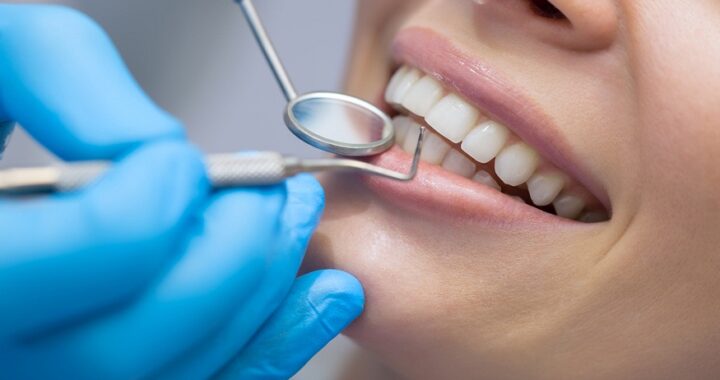 How Modern Dental Care Trends are Transforming Patient-Centered Dental Healthcare
How Modern Dental Care Trends are Transforming Patient-Centered Dental Healthcare 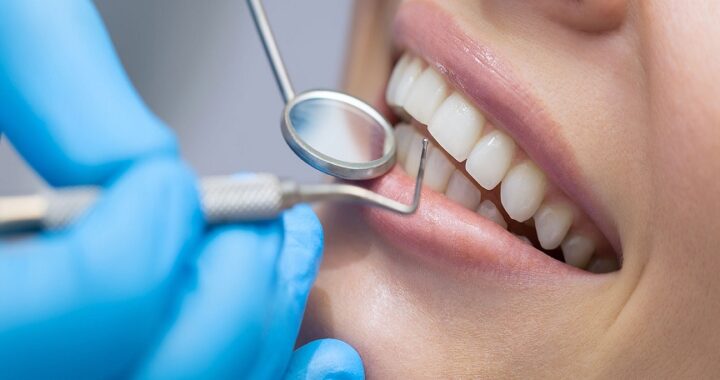 5 Key Signs That You Need to Visit a Dentist
5 Key Signs That You Need to Visit a Dentist 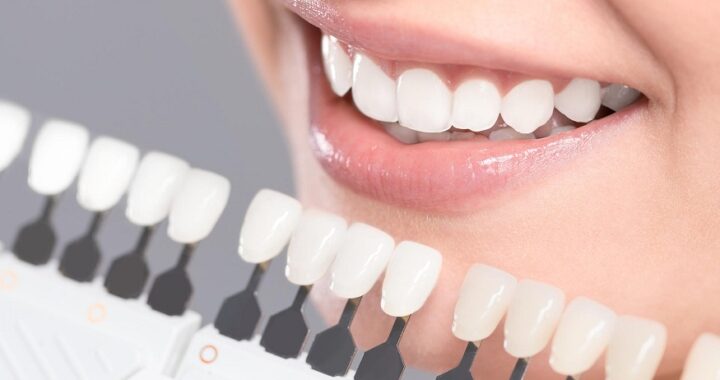 Choosing the Right Cosmetic Dentist for Your Smile Makeover
Choosing the Right Cosmetic Dentist for Your Smile Makeover 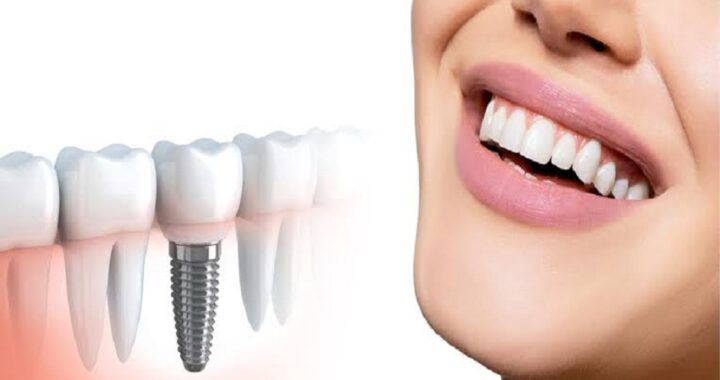 What Are Dental Implants and What’s Good About Them?
What Are Dental Implants and What’s Good About Them?  5 Qualities of a Good Dentist That Will Keep Your Teeth Healthy
5 Qualities of a Good Dentist That Will Keep Your Teeth Healthy  How to Choose the Right Dentist for Your Children
How to Choose the Right Dentist for Your Children 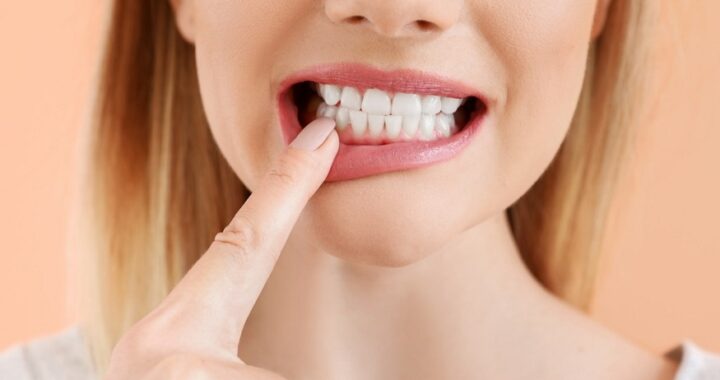 How to Protect Your Enamel from Everyday Wear
How to Protect Your Enamel from Everyday Wear  WHAT IS SLEEP APNEA AND WHY SHOULD YOU CARE?
WHAT IS SLEEP APNEA AND WHY SHOULD YOU CARE?  Tennessee Men’s Clinic Highlights the Transformative Power of Fitness on Men’s Lives
Tennessee Men’s Clinic Highlights the Transformative Power of Fitness on Men’s Lives  Behind the Scenes: A Day in the Life of a Veterinary Hospital Staff Member
Behind the Scenes: A Day in the Life of a Veterinary Hospital Staff Member